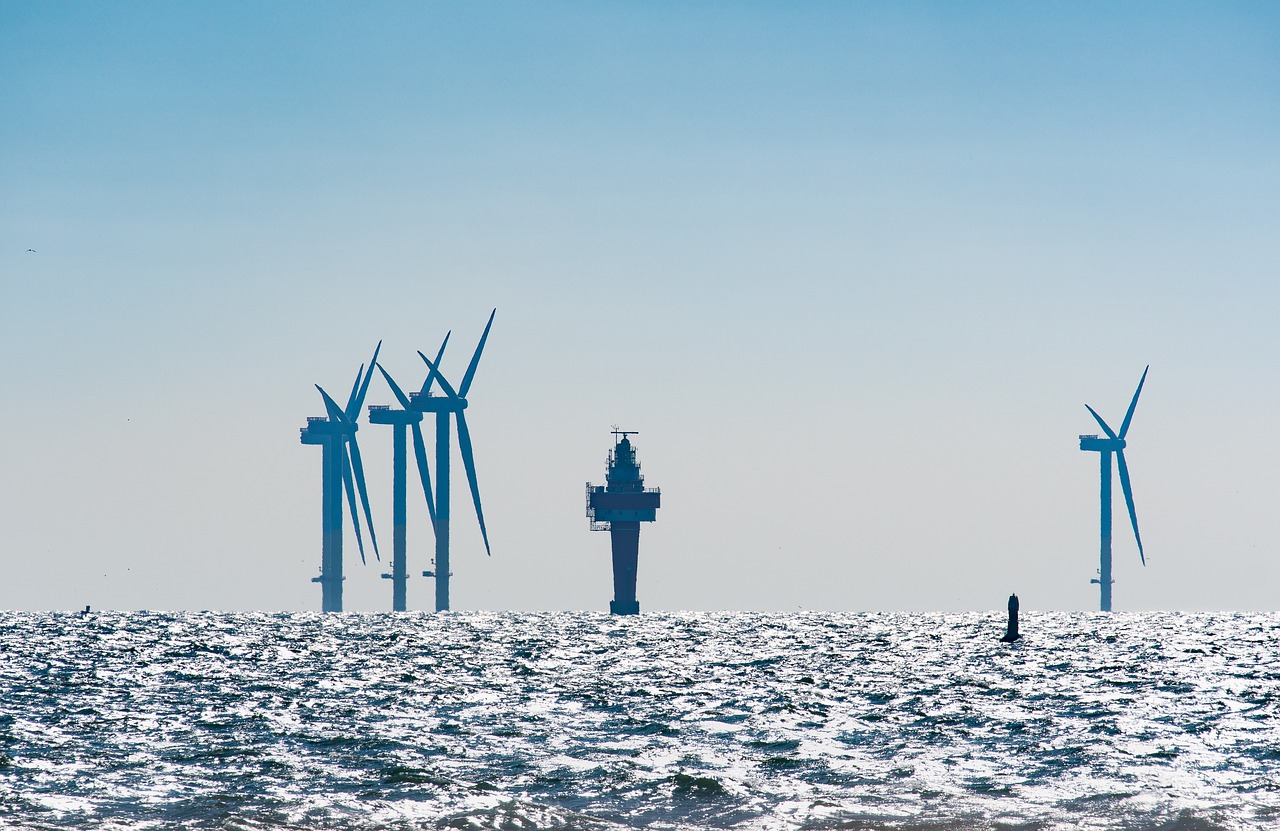The National Recovery and Resilience Plan (KPO) is the basis for the payment of money from the EU Recovery and Resilience Facility for projects to revitalize the economy after the COVID-19 pandemic. The Polish project also includes support for offshore wind energy projects, including the construction of port infrastructure.
Consultations of the National Recovery and Resilience Plan in Poland lasted from February 26 to April 2, 2021. On April 30, the final version of the plan was approved at a special meeting of the Council of Ministers. On May 3, 2021, the Ministry of Funds and Regional Policy officially sent the final version of the plan to the European Commission. The document is the basis for the payment of money from the EU Recovery and Resilience Facility. From this pool, Poland will have around EUR 58 billion at its disposal.
One of the National Recovery and Resilience Plan components is “Green Energy and Reduction of Energy Intensity” for which over PLN 14 billion will be allocated. The key reform is to be the green transformation of Poland, which takes into account, inter alia, development of offshore wind energy, provided for in the strategic document Poland’s Energy Policy until 2040. Among the changes influencing the transformation towards a low-emission economy, the introduction of solutions enabling the development of offshore wind farms was indicated – the support system and administrative and legal improvements, enabling a more effective investment process in the field of offshore wind farms.
The reform “Facilitating energy from offshore wind farms” provides for investments amounting to EUR 3,250 million. It is expected to create the necessary conditions for the launch of phase I and II of the offshore wind support system. The creation of uniform technical requirements for a set of devices used to evacuate power from an offshore wind farm and for elements of power stations located at sea will ensure the safety of the construction and use of these devices, establishing minimum, uniform requirements in this regard.
Sea ports to service the offshore wind energy sector
The plan provides that support will be granted to ports related to the construction of offshore wind farms. The document states that the development of this industry in Poland requires the construction of a main installation terminal at the seaport of Gdynia, with an area of approximately 30 ha, intended for the supply chain of components and logistics for offshore wind energy in the Baltic Sea, as well as the development of service terminals on the Middle Coast – Ustka and Łeba.
The condition for the development of offshore wind energy sector in Poland is the construction of an installation terminal and service terminals. The distance between the terminals and the location of offshore wind farm investments is one of the key elements affecting the costs, as well as the possibility and timeliness of the investment. The authors of the document indicate that the lack of dedicated port infrastructure in Poland will increase the risk of delayed implementation of offshore wind farm projects or reduce the installed capacity of these projects, and thus – may pose a threat to the country’s energy security. The lack of an installation terminal and service ports is an obstacle in the construction of the so-called local content.
The National Recovery and Resilience Plan defines the time frame for investments, i.e. Q2 2021 – Q3 2026. The costs are indicated at the level of EUR 437 million.
The development of transmission networks is also expected, including intelligent electricity infrastructure. The aim of the transmission expansion in Poland is to enable power take-off from renewable energy sources in the north of Poland, including offshore wind farms.














